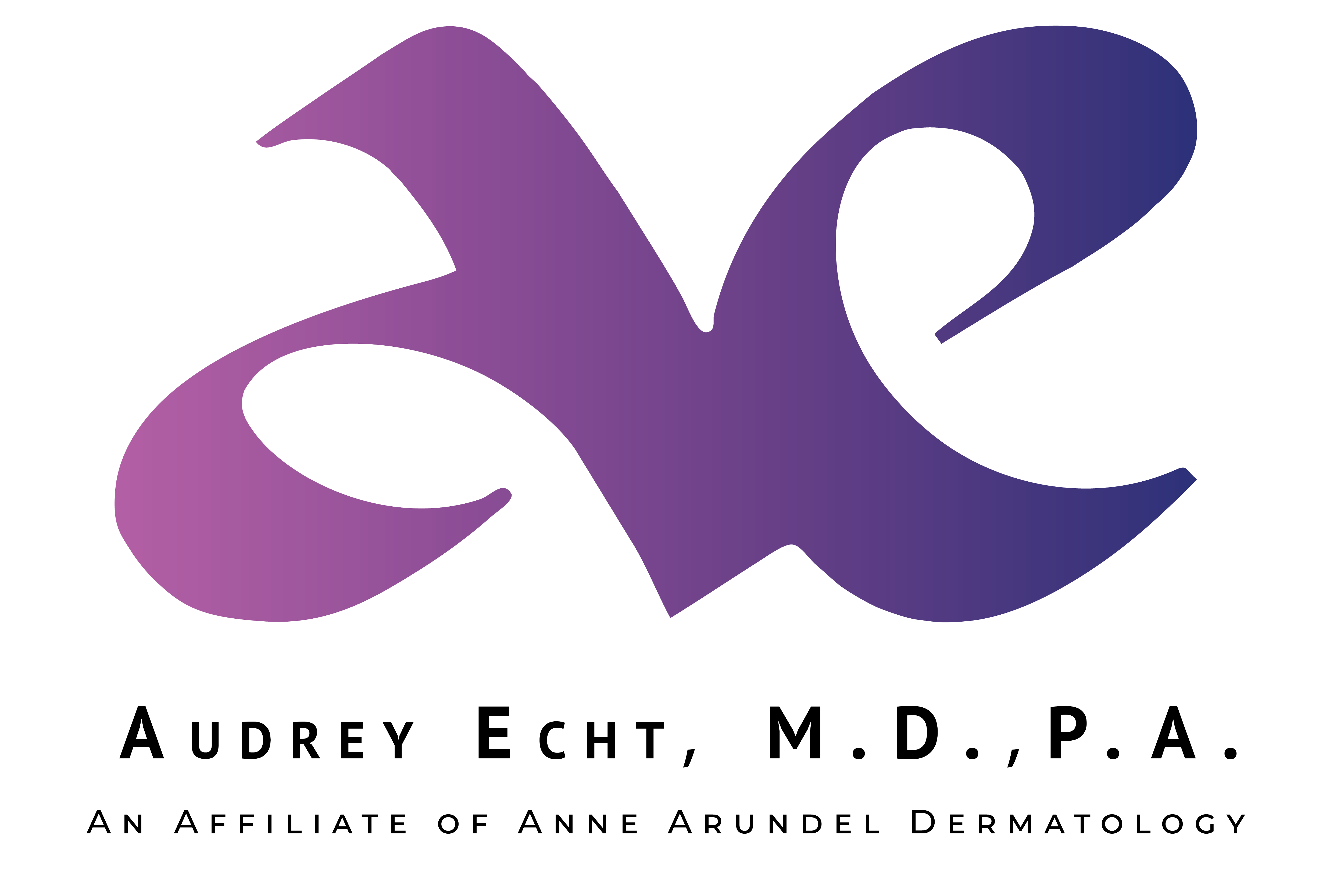What Is Mohs Micrographic Surgery?
About the Process
 Numbing and
Numbing and
Tumor ScrapingThe area is numbed with a local anesthetic. The surgeon then uses a curette to gently scrape away the visible part of the tumor.
 Tissue Removal
Tissue Removal
and MappingA disc-shaped piece of tissue is removed with a scalpel, marked with dyes, and mapped before being processed into slides.
 Bleeding Control
Bleeding Control
and Slide ProcessingBleeding is controlled with pressure and electrocautery, and a pressure dressing is applied while the slides are examined.
 Cancer Detection
Cancer Detection
and Repeat RemovalIf cancer cells remain, additional tissue is removed, and the process is repeated until no cancer cells are detected.
FAQs
How effective is Mohs Surgery?
Mohs surgery has the highest cure rate of any known skin cancer treatment: 99 percent overall, and 95 percent for recurrent cases. It allows the best cosmetic outcome and preserves the maximum amount of healthy tissue. Effective for many types of skin cancer, Mohs is most frequently used to treat basal cell and squamous cell carcinomas.
How is the procedure performed?
A team of medical personnel that includes Dr. Echt, nurses and histotechnicians performs Mohs surgery. Dr. Echt has subspecialty (fellowship) surgical training in the technique and is recognized by the American Society of Mohs Micrographic Surgery and Cutaneous Oncology. The nurse is an important part of the team who helps answer questions and comforts the patient. A technician performs the important task of preparing the tissue slides, which are examined under a microscope by Dr. Echt.
How long does the procedure take?
The removal and processing of each layer of tissue takes approximately one hour. Only 20 to 30 minutes of that are spent in the actual surgical procedure. The remaining time is required for slide preparation and interpretation. Therefore, by beginning early in the morning, Mohs surgery is generally finished in one day. Sometimes, however, a tumor may be extensive enough to necessitate continuing surgery a second day.
At the end of Mohs surgery, you will have a surgical wound. Several reconstruction options will be discussed to provide the best possible cosmetic results. Reconstruction is usually performed on the same day.
Learn More…
What should I expect after Mohs Surgery?
Most people experience minimal discomfort after Mohs surgery, and Tylenol is recommended for pain relief instead of aspirin. Post-operative bleeding can usually be controlled with firm pressure for 20 minutes; if it persists, repeat the process or seek medical help. Redness around the wound is common and not necessarily a sign of infection, but if it persists or pus forms, contact your doctor. Itching, swelling, and bruising, especially around the eyes and mouth, are normal and usually subside within a few days. Numbness near the surgical site may last for months or be permanent, and any concerns should be discussed at follow-up. Proper wound care will help minimize scarring, and detailed instructions will be provided.
Schedule an Appointment
Our team provides thoughtful, expert care for all your skin health needs. We are proud to offer the most advanced general, surgical and cosmetic dermatological services in Raleigh.
